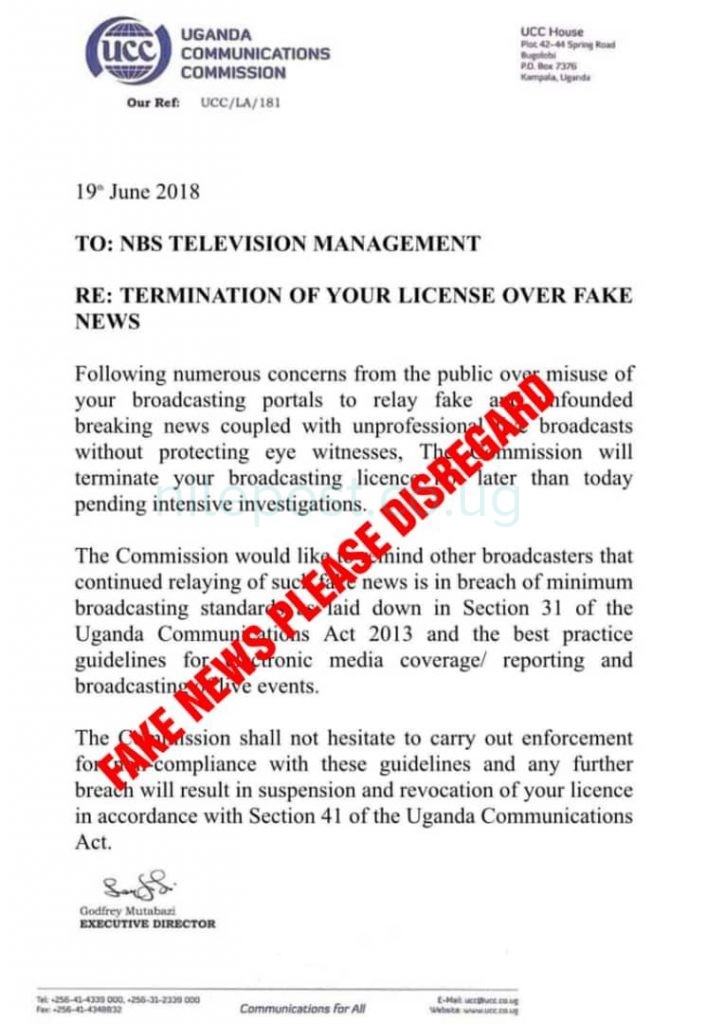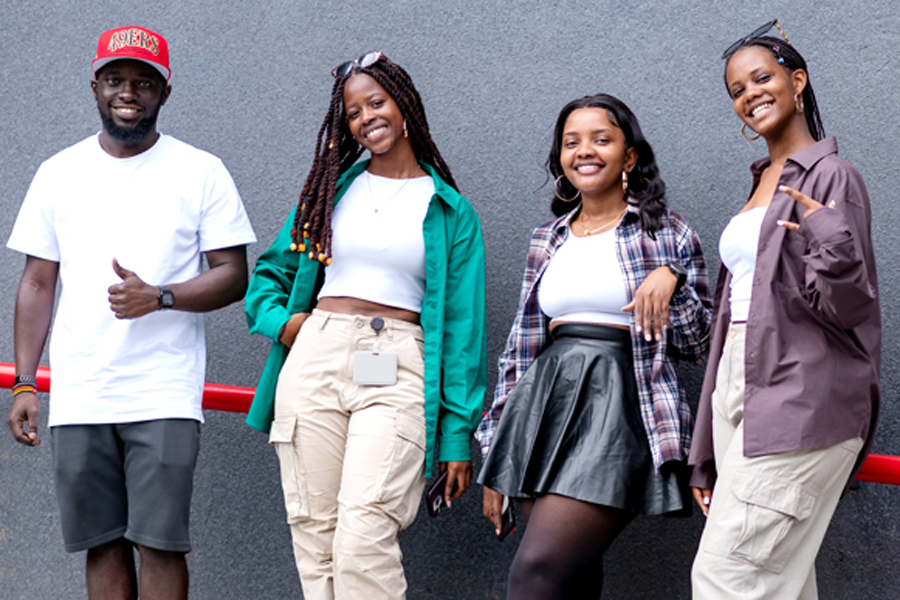Let us work together to stamp out fake news
KIN KARIISA
Keep Reading
There is a cancer that is eating away at the core of our credibility in the mainstream media industry: It is the proliferation of fake news/information especially on various social media platforms, through parody accounts of established organisations.
On the surface, a parody account appears to be genuine because it uses the known symbols or logos of the organisation.
But on deeper inspection, the shoddiness of the people behind it becomes clear.
Usually it lacks the approval mark of the social media firms themselves. Other times, the postings on it are riddled with typos.
Many news organisations, prominent personalities and businesses have already fallen victim to fake news.
Next Media, which I head, is coming off a torrid time where parody accounts have been created by unscrupulous people to spread fake news on some of its brands.
In the short run, this has tarnished the reputation of the brands, which are in real sense credible, authentic and reputable.
Other media organisations in Uganda and globally have gone through this at one time or another.
In March, the judiciary came out and said that some fraudsters had created a fake Facebook account for the Chief Justice, Bart Katureebe, to con people.
Fake news played a big role in deciding the US election in 2016.
 A fake release about the purported letter from UCC closing NBS TV
A fake release about the purported letter from UCC closing NBS TV
It baffles me as to why some people would create fake social media accounts of reputable organizations/people and then use them to spew wrong information. Is it hate or admiration?
Have we sunk this low as a society that we get pleasure by hurting brands of organizations or people?
Why do we have fake news/ accounts?
Unlike before, nowadays people are subjected to a lot of information thanks to the internet and social media.
First and foremost, social media platforms rely on people using their real-life identity and therefore discourages the use of pseudonyms.
Verified accounts allow (prominent) users to verify their identity and to continue using pseudonyms, e.g., stage names such as ‘Fiki Fameica’. This is considered to be a security mechanism against fake accounts.
Despite the efforts to arrest the creation of fake accounts, tech individuals and companies are creating apps and software that create fake accounts identical to the authentic account and include the verification badge (if account is verified).
These apps can be freely accessed on all smartphones app stores, something phone manufactures and innovation teams of operating systems have ignored to address.
Such apps include Fake Tweets and FB post maker.
These apps have an interface similar to Twitter and Facebook and allow one to create existing identities on social media or a fake username.
The user is then at liberty to forge/fake any message they wish and share with their audiences. However, these messages can only be shared an image and not links or post.
According to a study in 1986, the information an individual was exposed to every day was equal to the content of 55 newspapers.
Today, the information we are exposed to is equal to the content of 200 newspapers or even more, according to some studies.
A lot of this information especially on social media and personal blogs is not true because it has not been verified neither has it gone through rigorous mechanism where facts are separated from fiction.
Traditional media organizations have gate-keeping mechanisms aimed at keeping out fake news by verifying information before it is shared with the public.
Even where credible organizations make mistakes, they are humble enough to offer apologies because they are mindful of their reputation and credibility.
As a media fraternity, we need to seriously think about ways of stumping out fake news/parody accounts.
This mission requires us to work together irrespective of our differences because fake news/accounts affects us all in one way or another.
Let me share some of the tips, given by Facebook, that can help us spot fake news.
Be skeptical of headlines
The headlines of fake news stories are often catchy, and contain lots of capital letters and exclamation marks.
Look closely at the URL
Many false news stories mimic authentic news sources by making small changes to the URL.
Check the source
Ensure the story comes from a source with a reputation for accuracy. If the story comes from a site you have not heard of, check their “About” section to learn more.
Watch for unusual formatting
Many false news stories often contain spelling and grammar errors, as well as an awkward looking layout.
Check the photos
False news stories often contain manipulated images or videos. Sometimes the photo may be authentic, but taken out of context.
Check the dates
Fake news stories may contain timelines that make no sense, or event dates which are wrong or have been altered.
Check the evidence
Check the author’s sources to confirm they are accurate. Lack of evidence, or a reliance on unnamed experts may indicate false news.
Look at other reports
If no other news source is reporting the same story, it could indicate that it is false.
Is the story a joke?
Sometimes false news stories can be hard to distinguish from humorous articles. Check whether the source is known for parody.
Some stories are intentionally false
Think critically about the stories that you read, and only share articles which you know to be credible.
The author is the chairman, National Broadcaster’s Association (NAB) and CEO of Next Media.



















